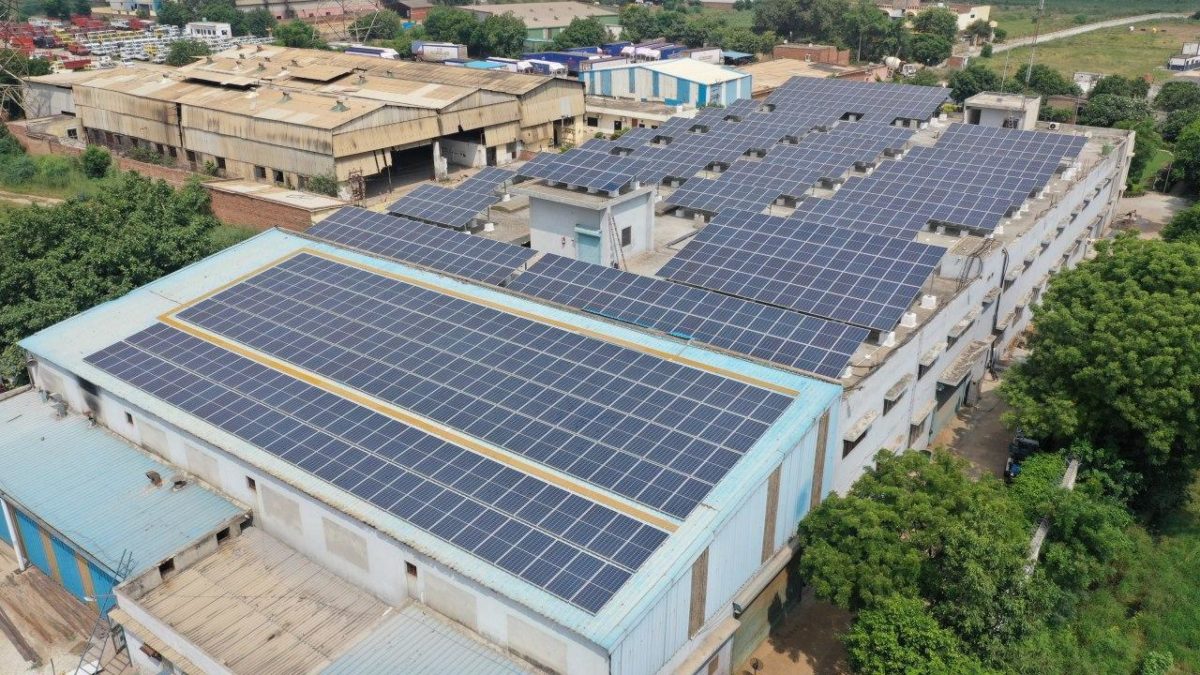A rooftop solar installation is a proven investment that leads to substantial savings on electricity spends. However, financing rooftop solar remains difficult for many businesses. If we are to see explosive growth in the rooftop segment, financing must be made more accessible and uncomplicated.
Multiple lines of credit are extended by State Bank of India (SBI), Punjab National Bank (PNB), and Indian Renewable Energy Development Agency Ltd (IREDA) at attractive interest rates. However, those lines are time-consuming to process and difficult to access for smaller developers and capex installations.
Non-banking financial companies (NBFCs) present in the space have higher interest rates, making the project less attractive. Other financial institutions are not well equipped to assess solar systems and hence warrant additional guarantees apart from the solar system itself.
Thus, the pool of finance available for rooftop solar is already limited. Large corporates and well-rated institutions can attract large RESCO developers (capital expenditures covered by the installer) to set up rooftop solar on their premises. They are also able to access debt finance options easily.
However, most MSMEs, SMEs, and residential societies fail to attract RESCO developers due to smaller size or inadequate financial worthiness. Moreover, these classes of consumers find it difficult to raise finance for capex installations.
There is a need to innovate and pay attention to these classes of consumers to activate the next leg of growth in the rooftop solar market. There are a few plausible ways to address the need for financing for this segment.
Existing bank borrowers can be encouraged to set-up rooftop solar installations under the capex model by providing equipment financing at attractive rates without the need for additional guarantees. This would improve the borrower’s repayment ability as savings from the solar system would be sufficient to pay the equated monthly installment (EMI) for the system and leave more cash in the business books.
To ensure quality projects are built, and superior after-sales service is offered, banks need to enlist installers and grade them on quality and performance. A robust performance rating system for installers would go a mile in reducing project risk.
Small Industrial Development Bank of India (SIDBI) already has a program to lend to its existing borrowers for rooftop solar loans.
However, this is insufficient, and more banks need to follow.
Another suggestion would be to involve the government to absorb some of the risks, which will give banks further confidence to lend.
In conclusion, there is a need to innovate for the unserved and underserved segments of the rooftop solar market. There is a need for a clear policy framework, guidelines, and innovation in short- to medium-term finance for higher-risk borrowers like SMEs and MSMEs to increase growth momentum.
The views and opinions expressed in this article are the author’s own, and do not necessarily reflect those held by pv magazine.
This content is protected by copyright and may not be reused. If you want to cooperate with us and would like to reuse some of our content, please contact: editors@pv-magazine.com.








Informative post! This is a great share thank you